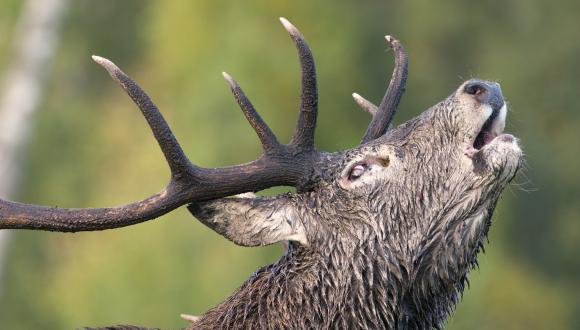Managing diseases of deer
Find out how to recognise and manage notifiable diseases in deer.
Given our role in deer management, disease in deer is an important focus. If you work with deer in Scotland, you can help by looking out for signs of notifiable diseases. Any suspected infections should be reported to the Animal and Plant Health Agency (APHA).
If a notifiable disease is confirmed in wild deer, it is unlikely to lead to restrictions on their management. However, it may affect the movement and control of domestic livestock and farmed deer in the area.
Chronic wasting disease (CWD) is the latest threat to Scottish deer. This fatal disease was confirmed for the first time in Europe in 2016, and there is now an increased risk that it will enter the UK.
Foot and mouth disease (FMD) is highly contagious and can spread rapidly. The UK is currently considered 'disease free' for FMD. However, there is the potential for future outbreaks to occur.
Bluetongue is a viral disease spread by midges. Although deer are usually only mildly affected, wild deer can act as a reservoir for the disease for domestic livestock.
Bovine tuberculosis (TB) is a chronic disease, and affected deer may not show clinical signs for years.
Find to how to recognise these notifiable diseases, how they are spread and what to do to prevent and contain outbreaks.




